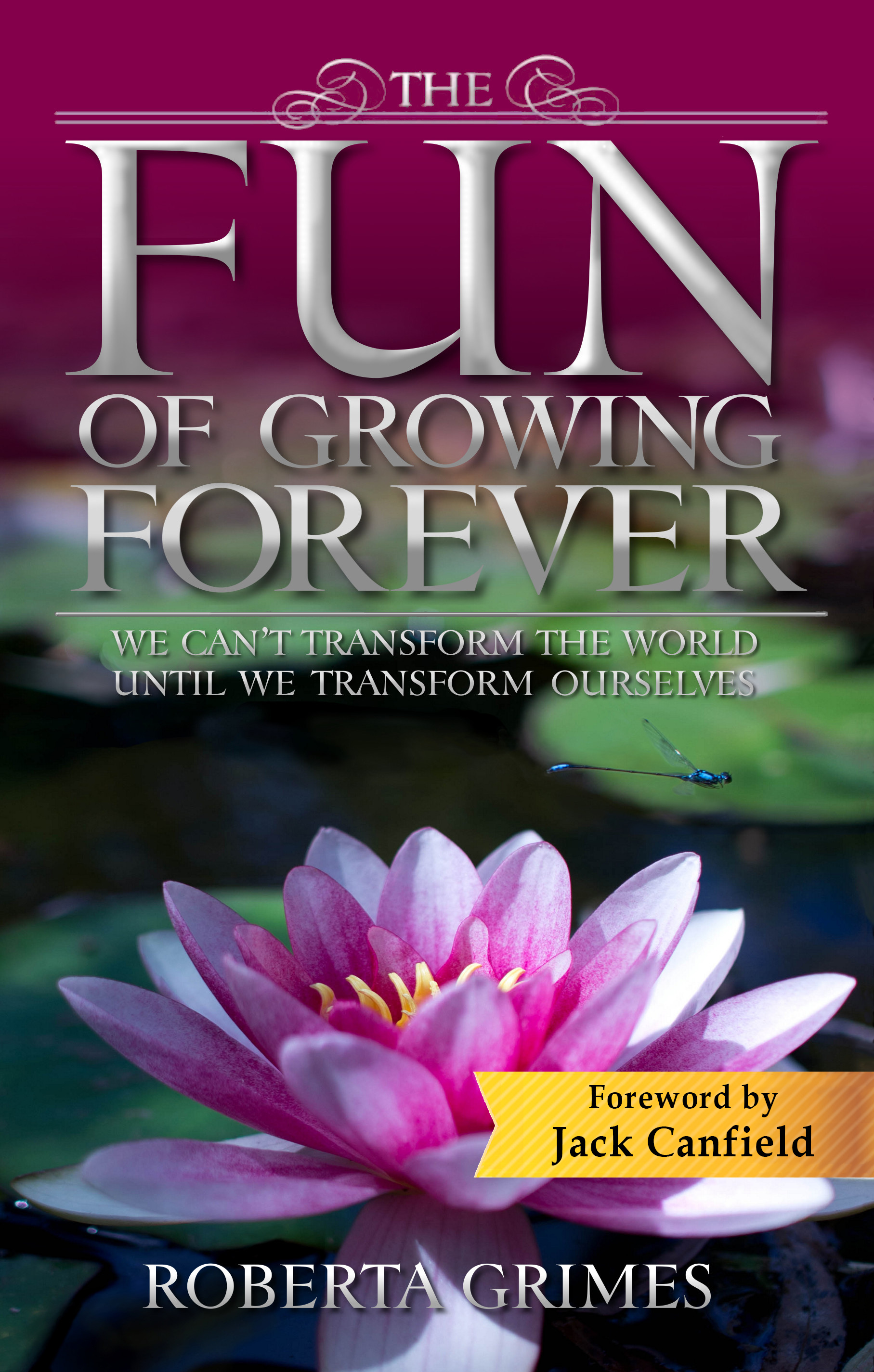Not long ago while stopped in traffic I noticed that the driver of the truck 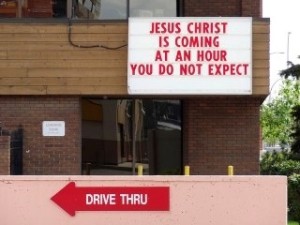 ahead had adamant religious views. His bumper stickers, plastered high on the back of the truck so they would not be missed, read, “If you’re living as if there is no God you had better hope you’re right!” And, “If It Ain’t James 1611 It Ain’t Bible.” And, “Are You Saved?” There was a fourth sticker that quoted Old Testament passages in tiny print that you could not make out. But that was just as well.
ahead had adamant religious views. His bumper stickers, plastered high on the back of the truck so they would not be missed, read, “If you’re living as if there is no God you had better hope you’re right!” And, “If It Ain’t James 1611 It Ain’t Bible.” And, “Are You Saved?” There was a fourth sticker that quoted Old Testament passages in tiny print that you could not make out. But that was just as well.
A recent Pew poll announcing the decline of Christianity has been much in the news. Christianity seems to be in particular trouble in Great Britain. A Yahoo study finds that Christianity is on the decline in the United States as well, and there are those who think that American Christianity is altogether doomed.
It’s hard to know what is going on, but that truck plastered with clinically insane bumper stickers might be a clue. The old-time Christianity of hellfire and damnation centered around a God so lacking in love that he needs to watch his Son’s murder before he can bring himself to forgive us may have been appealing in the nineteenth century, but fear does not feed the human spirit. More to the point, it turns out that old-time Christianity is wrong.
I have spent decades studying nearly two hundred years of abundant and consistent communications from the dead. Together they paint a detailed picture of what happens at and after death, and – more to the point – they show us what does not happen. Nowhere has anyone found evidence that any of these traditional Christian teachings is true:
- There is no evidence that God or any religious figure ever has judged anyone
- There is no evidence that the death of Jesus on the cross ever has “saved” anyone
- There is no evidence for a separate devil, a fiery hell, or permanent damnation
- There is no evidence that you’ve got to be a Christian to get into heaven
- There isn’t even any evidence for an anthropomorphic God, with or without a throne
So Christianity is wrong. It’s wrong!
I was an ardent Christian for most of my life. I can sing so many hymns by heart! But  when I realized how wrong Christianity is, and how damaging to the human spirit and to the message of Jesus it continues to be, I left the Church without regret.
when I realized how wrong Christianity is, and how damaging to the human spirit and to the message of Jesus it continues to be, I left the Church without regret.
Although a tremendous body of afterlife evidence demonstrates that Christianity is wrong, at the same time the dead are proving to us that the Jesus of the Gospels is right. About ninety-five percent of what Jesus is quoted as saying in a modern translation of the Gospels is entirely consistent with what the dead are telling us, even in small details.
So now we can prove that Jesus is right! Unfortunately, however, none of the Christian teachings refuted above came from Jesus. And because that is true, Christians are reduced to insisting without evidence that the whole Bible is “the Inspired Word of God.”
What would Jesus say about that?
“Do not think that I have come to abolish the Law or the Prophets; I have not come to abolish them but to fulfill them.” (MT 5:17)
What does Jesus mean by whatever he says that has been translated as the word “fulfill”? Might he mean that since we have his teachings, we don’t need the Old Testament anymore? When asked about the most important commandments, Jesus is quoted repeatedly as saying some variant of:
“‘Love the Lord your God with all your heart and with all your soul and with all your mind.’ This is the first and greatest commandment. And the second is like it: ‘Love your neighbor as yourself.’ All the Law and the Prophets hang on these two commandments.” (MT 22:37-40)
“The Law and the Prophets” was what the Jews of Jesus’s day called the Old Testament. Far from suggesting that the Old Testament is the Inspired Word of God, a reasonable interpretation of the Gospel words of Jesus is that his teachings supersede the Old Testament.
Those traditional Christian teachings that we now can demonstrate are not true come from that same Old Testament – arguably now superseded by Jesus – and from the Apostle Paul, who was a first-century man without the least understanding of the miracle his generation had witnessed. Yet modern Christianity asserts that its own traditions based in the Old Testament and in the teachings of Paul have to be the Inspired Word of God?
What might Jesus say about that?
“And why do you break the command of God for the sake of your tradition?…You hypocrites! Isaiah was right when he prophesied about you: ‘These people honor me with their lips, but their hearts are far from me. They worship me in vain; their teachings are but rules taught by men.’” (MT 15:3-9)
“Why do you call me ‘Lord, Lord,’ and do not do what I say?” (LK 6:46)
“If you hold to my teaching, you are really my disciples. Then you will know the truth, and the truth will set you free.” (JN 8:31-32)
From what is the truth going to set us free?
When you read the words of Jesus, you find that the only people this perfectly gentle and loving man could not stand were clergymen.
“Watch out for the teachers of the law. They like to walk around in flowing robes and be greeted in the marketplaces, and have the most important seats in the synagogues and the places of honor at banquets. They devour widows’ houses and for a show make lengthy prayers. Such men will be punished most severely.” (MK 12:38-40)
Jesus actually comes out and tells us that we don’t need religious traditions and we don’t need clergymen. We can relate to God as Spirit, without a religious middleman between:
“When you pray, go into your room, close the door and pray to your Father, who is unseen. Then your Father, who sees what is done in secret, will reward you.” (MT 6:6)
I think that any unbiased person reading Matthew, Mark, Luke, and John is going to come away as I have, with the strong suspicion that what Jesus came to set us free from was… religions.
Now, how about this:
“Watch out for false prophets. They come to you in sheep’s clothing, but inwardly they are ferocious wolves. By their fruit you will recognize them. Do people pick grapes from thornbushes, or figs from thistles? Likewise, every good tree bears good fruit, but a bad tree bears bad fruit. A good tree cannot bear bad fruit, and a bad tree cannot bear good fruit. Every tree that does not bear good fruit is cut down and thrown into the fire. Thus, by their fruit you will recognize them.” (MT 7:15-20)
Many Christians would love to beat me over the head with that passage for having dared to write this post. But after two thousand years and more than ten thousand separate denominations, what really is the fruit of Christianity as the Apostle Paul designed it? Think about the “strict Christians” you know who are petty and judgmental and holier-than-thou. Speak to people who are living their lives according to their own consciences and are told by Christian family members that they are going straight to hell. Go into any hospice and hear from the volunteers how many Christians die in fear of God’s judgment.
By their fruit you will recognize them.
I have no doubt that Jesus is the only begotten Son of God, miraculously born of a virgin. I am confident that he came to bring us God’s truth, that he performed miracles and healed the sick, and that he died a martyr and miraculously rose from the dead. I love Jesus with everything that’s in me. What I altogether reject are the ten-thousand-plus Christian denominations that honor him with their lips while their hearts are far from him.
from the dead. I love Jesus with everything that’s in me. What I altogether reject are the ten-thousand-plus Christian denominations that honor him with their lips while their hearts are far from him.
Jesus is right! And his prescription for how we must live our lives is such an essential message for all of us to hear as the world falls apart around us that if it takes the end of Christianity to force us to actually listen to Jesus, then I say, bring it on! The hour is late. Christianity’s false traditions have done nothing to elevate a fallen world, so it seems past time for us to cast aside the religion and listen to the Man.
photo credit: <a href=”http://www.flickr.com/photos/72841285@N00/7405220802″>He’s Coming</a> via <a href=”http://photopin.com”>photopin</a> <a href=”https://creativecommons.org/licenses/by/2.0/”>(license)
photo credit: <a href=”https://www:flickr.com/photos/beginasyouare/1045120420/”>Mike_tn</a> via <a href=”http://photopin.com”>photopin</a> <a href=”http://creativecommons.org/licenses/by-nc-nd/2.0/”>cc</a>
photo credit: <a href=”http://www.flickr.com/photos/36829113@N05/3393763298/”>angelofsweetbitter2009</a> via <a href=”http://photopin.com”>photopin</a> <a href=”http://creativecommons.org/licenses/by-nc-sa/2.0/”>cc</a>
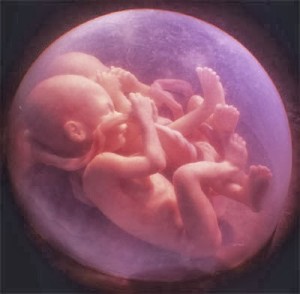 covers the whole range of death and afterlife topics. You can subscribe at VictorZammit.com. The depth and range of the information they share will amaze you!
covers the whole range of death and afterlife topics. You can subscribe at VictorZammit.com. The depth and range of the information they share will amaze you! mouths? Ridiculous! The umbilical cord supplies nutrition and everything we need. But the umbilical cord is so short. Life after delivery is to be logically excluded.”
mouths? Ridiculous! The umbilical cord supplies nutrition and everything we need. But the umbilical cord is so short. Life after delivery is to be logically excluded.” not exist.”
not exist.”




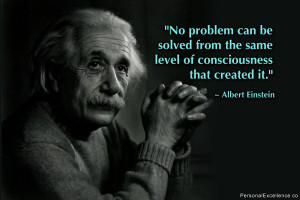
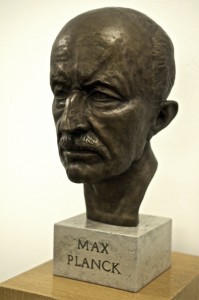
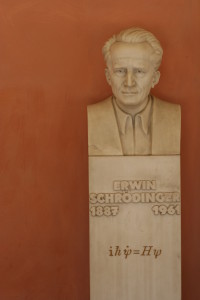


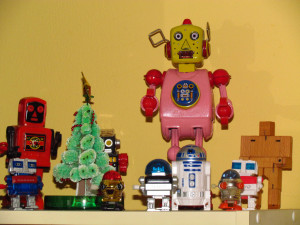

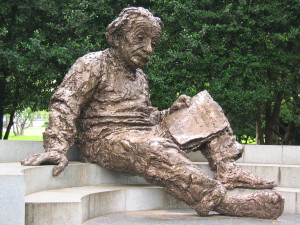
 the fact that human minds are eternal. One of its most important revelations is the final answer to that age-old question: What is the purpose of human life? Here the dead agree with most major religions. We are here to learn to love perfectly and learn to forgive completely. Helping us learn to better love and forgive seems to be the reason why the universe exists.
the fact that human minds are eternal. One of its most important revelations is the final answer to that age-old question: What is the purpose of human life? Here the dead agree with most major religions. We are here to learn to love perfectly and learn to forgive completely. Helping us learn to better love and forgive seems to be the reason why the universe exists.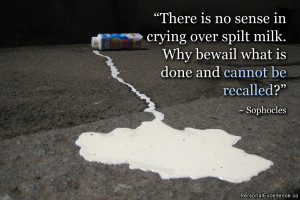 tragic. And the challenge always is, “How could anyone forgive that?”
tragic. And the challenge always is, “How could anyone forgive that?” 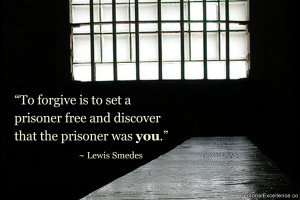 turn to him the other also. And if someone wants to sue you and take your tunic, let him have your cloak as well. If someone forces you to go one mile, go with him two miles.” (MT 5:39-41)
turn to him the other also. And if someone wants to sue you and take your tunic, let him have your cloak as well. If someone forces you to go one mile, go with him two miles.” (MT 5:39-41) with George Noory. Beginning while the show was still on air, I received a wonderful flood of emails, so many that it took me two days and nights to answer them all. Most were questions or comments, but a few were heartbreaking stories. One of these came from Dawn. Hers was one of the first emails I opened, and it was so full of pain that it brought tears to my eyes.
with George Noory. Beginning while the show was still on air, I received a wonderful flood of emails, so many that it took me two days and nights to answer them all. Most were questions or comments, but a few were heartbreaking stories. One of these came from Dawn. Hers was one of the first emails I opened, and it was so full of pain that it brought tears to my eyes.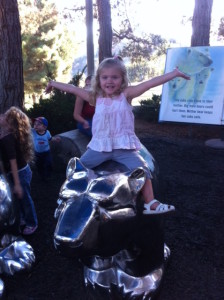 that child. I know how you feel. I don’t like this either! But in the context of our eternal lives, the brief separation from a beloved child that can start us on a lifetime of spiritual growth is not the tragedy that it would be if this brief lifetime were all there was. Dawn isn’t past her grief. You never really get over the loss of a child. But knowledge is power! Knowing that every child who dies is happy, safe, and growing up in a beautiful reality surrounded by love helps most bereaved parents immeasurably.
that child. I know how you feel. I don’t like this either! But in the context of our eternal lives, the brief separation from a beloved child that can start us on a lifetime of spiritual growth is not the tragedy that it would be if this brief lifetime were all there was. Dawn isn’t past her grief. You never really get over the loss of a child. But knowledge is power! Knowing that every child who dies is happy, safe, and growing up in a beautiful reality surrounded by love helps most bereaved parents immeasurably. much I appreciate your friendship. If we have recently met on the wonderful George Noory’s
much I appreciate your friendship. If we have recently met on the wonderful George Noory’s  strengthen our spiritual muscles. Things like poverty, cancer, abusive spouses, the deaths of children, and other calamities are pretty obvious spiritual lessons, but believe it or not, they aren’t the big ones. No, the evidence is strong that the toughest life lessons of all are possession of either wealth or power. Put them together, and you have a one-two punch at which even advanced beings quail.
strengthen our spiritual muscles. Things like poverty, cancer, abusive spouses, the deaths of children, and other calamities are pretty obvious spiritual lessons, but believe it or not, they aren’t the big ones. No, the evidence is strong that the toughest life lessons of all are possession of either wealth or power. Put them together, and you have a one-two punch at which even advanced beings quail.  hardly matters, but two members of the trio were often in the news. The third dropped out of sight. Soon it became known that he was giving most of his gains away. Eventually some reporter cornered him on the street and said something like, “Dude, what are you thinkin’?” This beautiful young man retorted, “If I kept more than what my family needs, how could I ever look God in the face?” He had chosen a tough lesson, but he was Acing it.
hardly matters, but two members of the trio were often in the news. The third dropped out of sight. Soon it became known that he was giving most of his gains away. Eventually some reporter cornered him on the street and said something like, “Dude, what are you thinkin’?” This beautiful young man retorted, “If I kept more than what my family needs, how could I ever look God in the face?” He had chosen a tough lesson, but he was Acing it. exalts himself will be humbled, and whoever humbles himself will be exalted.” (MT 23:11-12) And “I tell you the truth, anyone who will not receive the kingdom of God like a little child will never enter it.” (MK 10:15) These pretty words are not just words! The afterlife evidence confirms that they are statements of fact about the spiritual physics that governs all our lives.
exalts himself will be humbled, and whoever humbles himself will be exalted.” (MT 23:11-12) And “I tell you the truth, anyone who will not receive the kingdom of God like a little child will never enter it.” (MK 10:15) These pretty words are not just words! The afterlife evidence confirms that they are statements of fact about the spiritual physics that governs all our lives. distressing question. She said that people of her race are too often thwarted in life, and she asked me whether racial differences are “a joke from God.” She especially wanted to know whether in the afterlife everyone would be equal. Her question is heartbreaking, but its answer is thrilling.
distressing question. She said that people of her race are too often thwarted in life, and she asked me whether racial differences are “a joke from God.” She especially wanted to know whether in the afterlife everyone would be equal. Her question is heartbreaking, but its answer is thrilling. early, but the shock of my gender-switch was so great that I still can distinctly recall that moment.
early, but the shock of my gender-switch was so great that I still can distinctly recall that moment.






